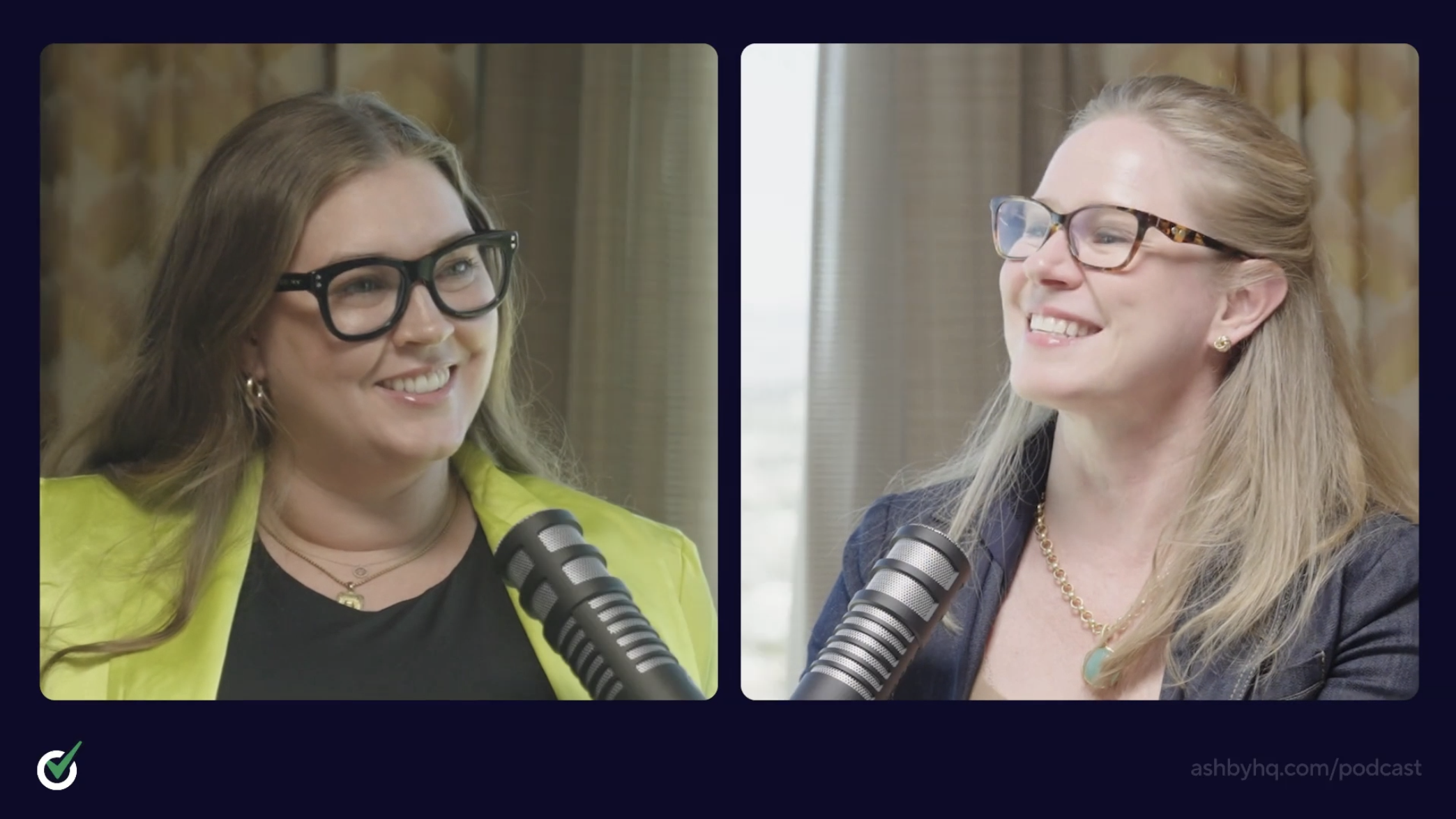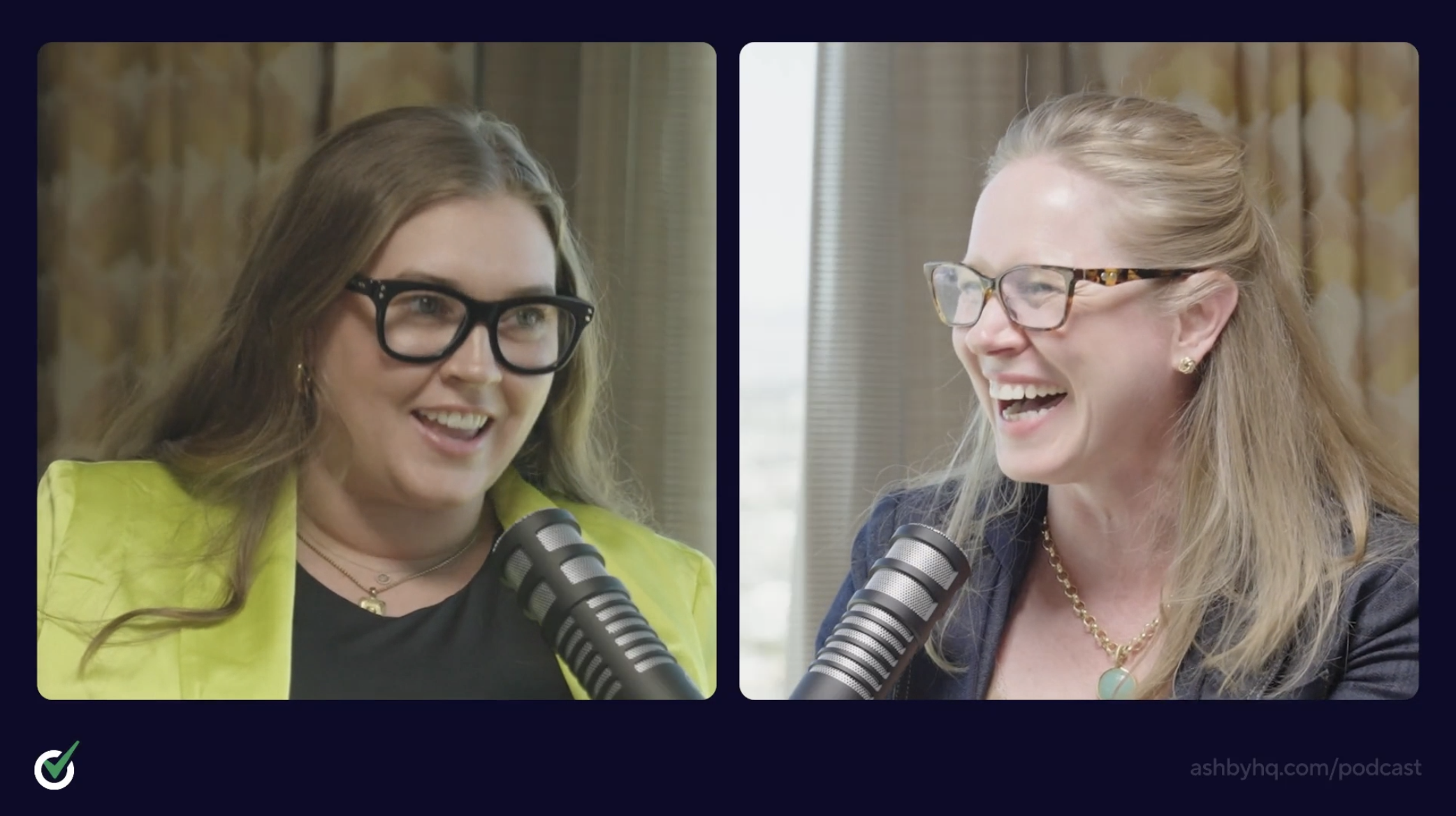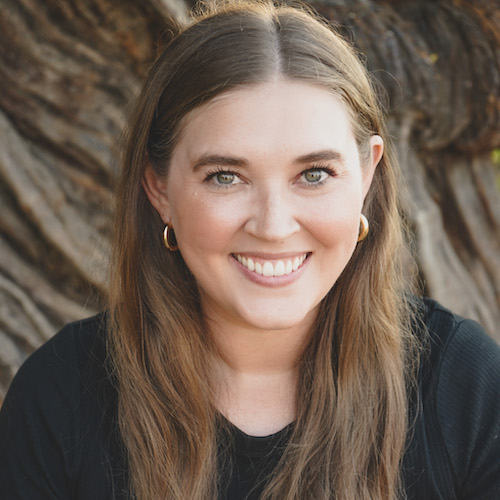Building Stronger Talent Strategy Through Co-Design
About this Episode
Blair Bennett is the Senior Vice President of Global Talent Acquisition at PepsiCo, where she oversees global hiring strategy across executive, professional, campus, and frontline roles. She has built talent functions at some of the largest companies in the world and is known for her collaborative, system-minded approach to hiring at scale.
In this episode of Offer Accepted, Blair shares how her team used co-design to build and roll out a global interview framework across a 320,000-person company. She walks through how involving stakeholders early improves adoption, how to balance structure and flexibility, and why recruiters hold more strategic value than most teams realize. This episode is essential listening for any TA leader navigating complexity and scale.
Topics
This Episode's Guest
Blair Bennett
Senior Vice President, Global Talent Acquisition @ PepsiCo
Blair Bennett is the Senior Vice President of Global Talent Acquisition at PepsiCo. With experience leading talent teams at Walmart and Korn Ferry, Blair brings a structured and collaborative approach to building global hiring systems. She is passionate about co-designing with internal partners, elevating the role of recruiters, and creating talent strategies that reflect both the business and the candidate.
Takeaway 1
Co-design starts with shared ownership 🤝
For Blair, co-design isn’t just about collecting feedback. It’s a way to build alignment early, earn trust across leadership, and make sure programs reflect the needs of the people who will use them. By bringing in peers, hiring managers, and HR partners throughout the design process, her team creates better solutions and stronger adoption across the business.
Why It Matters:
Programs are more likely to succeed when participants feel they helped shape them. As Blair put it, when people are involved along the way, it’s easier for them to say yes down the line.
Quick Tips
- Start with stakeholder listening. PepsiCo runs early focus groups and surveys to understand where the current process is breaking and what teams need to see in a future-state solution.
- Earn the right to ask for change. The recruiting team focuses first on improving what they can control. They clarify expectations, adjust workflows, and make processes smoother for hiring managers. By leading with action and accountability, they build trust and make it easier to ask for adjusted behaviors in return.
- Clarify what each person owns. From recruiters to HR business partners to hiring managers, every stakeholder has a defined role and understands what decisions they’re part of across each project.
Takeaway 2
Start with the problem, not the solution 🛠️
Before building anything new, Blair and her team take a step back and ask: what problem are we solving? They don’t start with tools or features. They start with business needs and design around the gaps that actually impact outcomes.
Why It Matters:
It’s easy to jump into solution mode or chase what sounds exciting. But starting with a clear problem helps teams focus, communicate priorities, and build something that people actually want to use.
Quick Tips
- Define the core challenge first. When redesigning the interview process, PepsiCo identifies specific breakdowns in consistency, candidate experience, and hiring manager alignment.
- Pair internal signals with external benchmarks. They analyze internal process data and layer in outside context to understand how their challenges compare with industry norms.
- Design around the people using the process. PepsiCo collaborates closely with hiring managers, recruiters, and ICs to make sure what they build fits into real workflows and is practical for day-to-day use. Including ICs also gives them valuable exposure to leadership and helps them feel connected to the broader strategy.
Takeaway 3
Build for global scale without losing local flexibility 🌍
PepsiCo operates in more than 190 countries, with different hiring needs depending on location, function, and role type. Blair’s team focuses on building systems that are structured where needed and adaptable where possible — a balance that makes the global interview framework scalable without being rigid.
Why It Matters:
One-size-fits-all frameworks rarely work across large organizations. Designing for scale means giving teams shared expectations while still leaving room for regional nuance and iteration.
Quick Tips
- Define where structure is essential and where adaptation is encouraged. The framework sets high-level expectations while allowing teams to tailor the process to local norms and business needs.
- Use pilots to test structure across contexts. Pilots help evaluate how the framework performs in real-world environments and reveal where it needs to flex across regions and job levels.
- Make space for iteration. PepsiCo keeps feedback loops open well after launch so the process can evolve with team insights and shifting business priorities.
What Hiring Excellence Means to Blair
For Blair, Hiring Excellence is both science and art. It’s about building systems that are consistent and efficient while staying flexible enough to meet people where they are. Great hiring creates clarity for everyone involved, but it’s the human experience that makes it stick.
>> Watch the Clip

Blair's Recruiting Hot Take 🔥
Recruiters have more strategic influence than they often realize. Blair believes they are not just the face of the brand. They’re also the people with the clearest view into both market dynamics and internal culture. That combination should drive strategy, not just support execution.

Timestamps
(00:00) Introduction
(01:09) Blair Bennett’s career path and mission in talent acquisition
(02:16) Why co designing talent programs is essential
(05:38) Starting with business problems, not shiny HR tools
(08:13) Prototyping and piloting global interview frameworks
(09:20) How pilot groups are selected and engaged
(11:21) Structuring project ownership and change management
(13:10) Earning credibility with collaborative recruiting changes
(17:17) Getting executive support through informed involvement
Other Episodes
Building Capacity Models
In this episode, JT Haskell, with 15+ years of TA experience at companies like Reddit and Zapier, shares how strategic capacity planning helps TA teams exceed hiring goals, avoid burnout, and streamline recruiting. We discuss forecasting, project integration, and exec buy-in.
Fueling Recruiter Potential Through Enablement
Stephanie Baysinger shares how recruiting teams can boost efficiency without losing the personal touch. Learn how cross-functional collaboration, sales strategies, and true enablement helps teams thrive in today’s fast-paced talent landscape.

Join the Hiring Excellence movement
New episodes every month - subscribe here so you never miss out.
